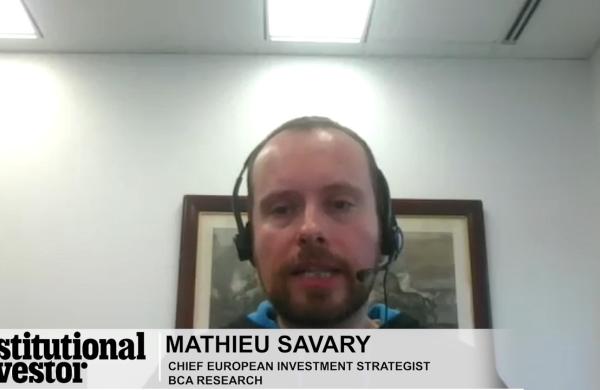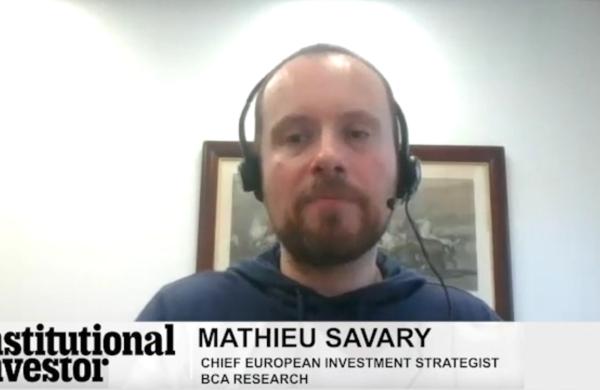Asset managers went on sale with the recession, but the best boutiques are still demanding top dollar from buyers even though their assets under management have suffered from the market downturn.
An exclusive Institutional Investor survey conducted by investment bank Park Sutton Advisors in New York revealed that the prices paid for asset managers dropped in 2009 and early 2010 compared to pre-2008 levels. High quality asset managers, however — usually smaller specialist managers with good profitability, deep benches of investment professionals, good performance and broad client bases — seemed to be writing their own tickets when it came to doing deals. With Wall Street under the microscope for creating and selling dubious products, asset managers are increasingly seen as even more important players going forward as they have a fiduciary duty to clients.
Before the recession, buyers paid more cash up front to sellers. Post-recession, they are taking less risk and structuring the deals to make the final purchase price dependent on performance. “The flexible deal structure eliminate buyers’ concerns about overpaying, and motivate sellers to grow their businesses and maximize value,” says Steve Levitt, managing director and co-founder of Park Sutton.
Between 2006 and 2008, buyers paid between seven and 15 times EBITDA, the standard metric for valuing firms, with the median landing at 10.62. That contrasts to between seven and 14.6, with the median dropping to 9.45 in the year and a half since 2008.
Though the average multiple for deals didn’t come down significantly, Levitt says some recent high-profile acquisitions show how prices have been slashed in the face of the recession. For example, Evercore paid about 8.5 times EBITDA for Atalanta Sosnoff, Ameriprise Financial paid seven times EBITDA for Columbia Management Group, Pacific Century paid 7-8 times EBITDA for PineBridge Investments and INVESCO paid about 7.7 times EBITDA for Van Kampen Investments, according to Levitt. These money managers would likely have gone for 12-13 times earnings before the meltdown of 2008.
Even though the median price dropped, top of the line managers with asset classes in high demand barely felt the downturn when it came to their deals. Levitt emphasized that this was especially notable given that there was a scarcity of buyers in the market because many of the regional banks and big brokerage firms were still licking their wounds after the credit crisis.
Affiliated Managers Group bought Highbury Financial for 14.61 times EBITDA, for example, while Macquarie Group of Australia, purchased Delaware Investments, a Philadelphia-based asset management firm, from Lincoln Financial Group, for an estimated 14 times EBITDA, if just the equity assets are analyzed. Delaware gives Macquarie a foothold in the U.S. asset management industry, 150 investment professionals and a broad range of equity and fixed income funds.
The number of deals fell off this year, but deals involving managers of alternative investments remained hot. According to investment bank Jefferies & Company, the number of deals fell significantly in the first quarter of 2010 as compared to 2009, from 38 announced in the first quarter of 2009 to 25 in the first quarter of 2010. But, deal-making that involved managers in alternatives as well as independent firms was rising. Aaron Dorr, managing director in New York, says 50 percent of transactions involved alternatives firms, a record.
At the end of 2008, private equity and hedge funds were under historic pressure as liquidity dried up and investors sought assets from hedge funds even as private equity assets were locked up. These concerns have since subsided and alternatives have again become highly sought after as investors continue to pour money into these asset classes.
Only 25 percent of deals in the first quarter of 2009 represented hedge funds, private equity and other alternatives because of the turmoil in these asset classes in 2008 and early 2009. Dorr says one of the real stories is cross-border flow, which represented 24 percent of all deals in the first quarter of 2010.







